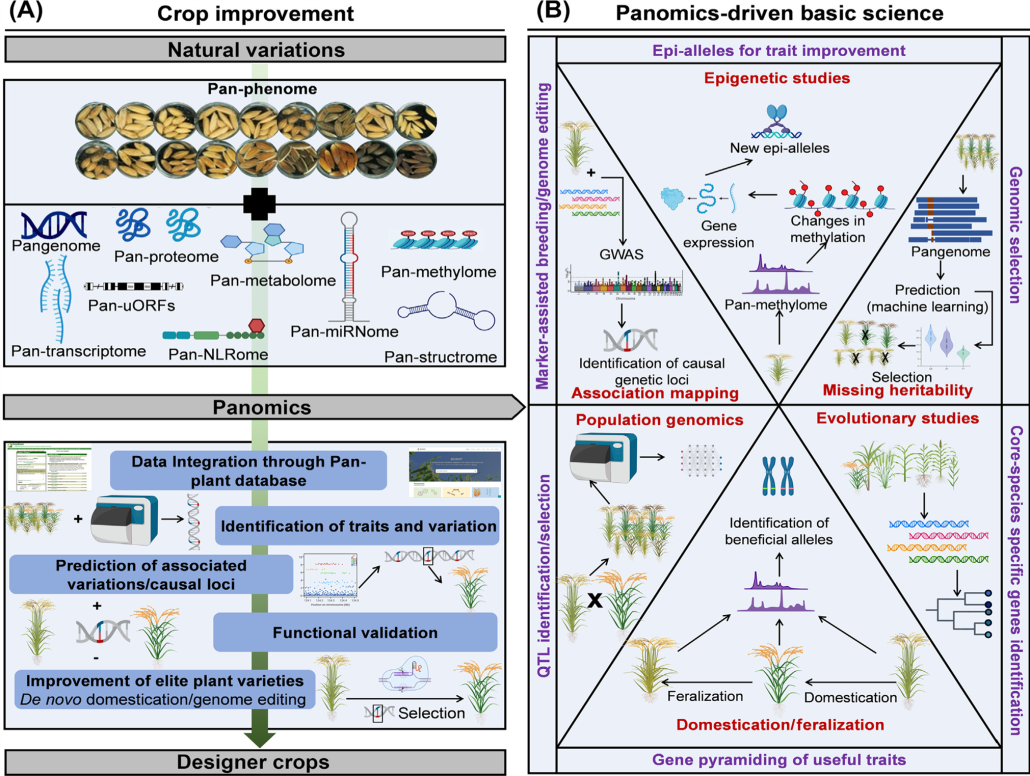
Review: The era of panomics-driven gene discovery in plants
Plant Science Research WeeklyPanomics, an approach integrating multiple ‘omics’ datasets such as genomics, transcriptomics, metabolomics, and phenomics, has seen rapid advancement in recent years due to technological improvements, particularly in genomics. This review focuses on the recent developments in panomics-driven gene…
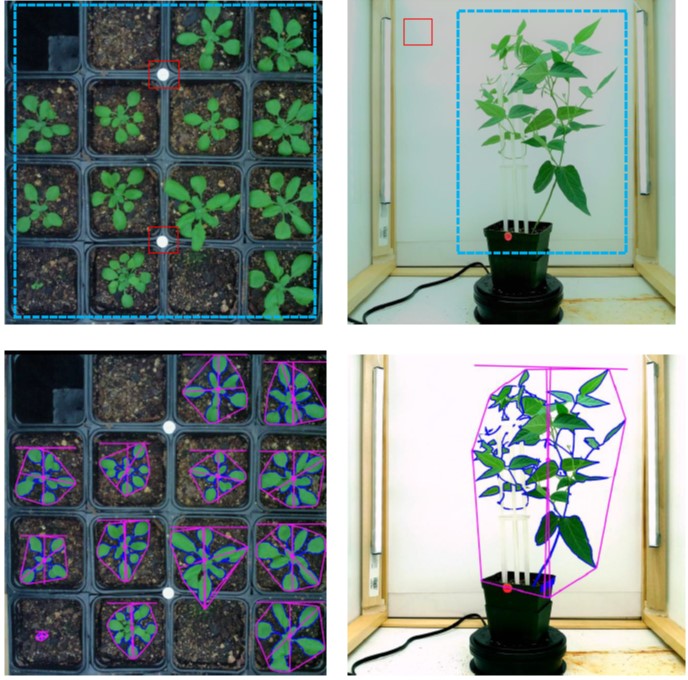
Development of a low-cost plant phenotyping facility
Plant Science Research WeeklyNew technologies, like personal computers or smart phones, often have limited adoption due to their high cost or requirement for advanced technological skills. Greater affordability and ease of use leads to greater adoption. Here, Yu, Sussman et al. describe the development of an affordable, portable…

Teff breeding potentials from data-driven, participatory characterization of farmer varieties (eLIFE)
Plant Science Research WeeklyThere is a clear need to synergize advances from cutting-edge genomic approaches with the needs and knowledge of growers, particularly small-holder growers who have access to much of a crop’s genetic diversity. Here, Woldeyohannes, Iohannes et al. took a transdisciplinary approach to explore the breeding…
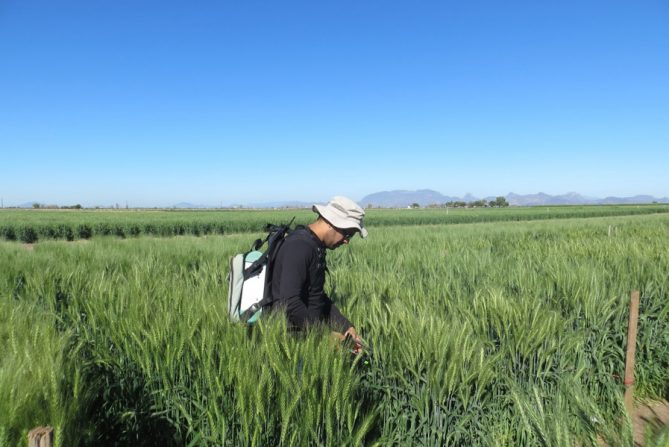
Effect of leaf temperature on the estimation of photosynthetic and other traits of wheat leaves from hyperspectral reflectance (J. Exp. Bot.)
Plant Science Research Weekly
Efficient phenotyping is important for plant breeding. For wheat, leaf reflectance spectra can be used to calculate leaf traits that impact crop yield, particularly constituent (leaf mass per area, nitrogen/chlorophyll content) and physiological (Rubisco carboxylation activity, electron transport…

Leaf angle control across the sorghum canopy (Plant Physiol.)
Plant Science Research WeeklyIn a rosette-forming plant like Arabidopsis, leaf radial angle is optimized to prevent self-shielding. By contrast, in a plant such as sorghum, leaf vertical angle affects self-shading. A “smart canopy” model has been proposed in which upper leaves have a more upright orientation to allow more light…

Functional principal component analysis: a robust method for time-series phenotypic data
Blog, Plant Physiology, Plant Physiology: News and Views, ResearchMolecular breeding relies on careful assessment of phenotypic traits linked to DNA markers so that causal genes can be identified and desirable crop alleles selected. Over the past decade, DNA markers have become abundant with the rapid advancement of next-generation sequencing technology, including…
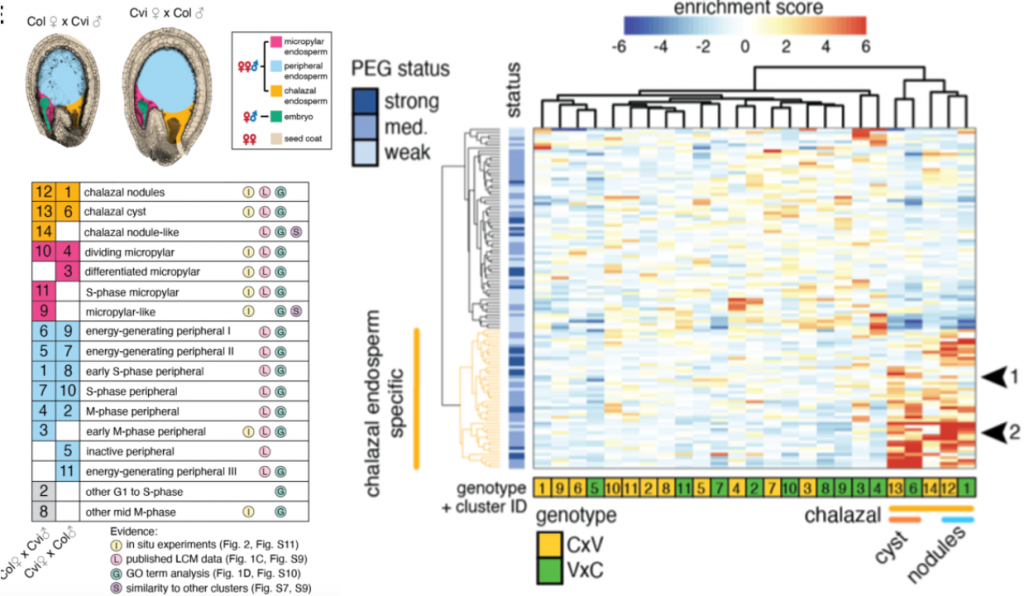
Single nucleus analysis of Arabidopsis seeds reveals new cell types and imprinting dynamics (bioRxiv)
Plant Science Research WeeklyArabidopsis seeds consist of various tissue like seed coat, embryo, and endosperm. The endosperm provides the nutrient supplies to the growing embryo and has three domains namely, micropylar (surrounding embryo), chalazal (opposite end of the seed), and peripheral (in between micropylar and chalazal)…
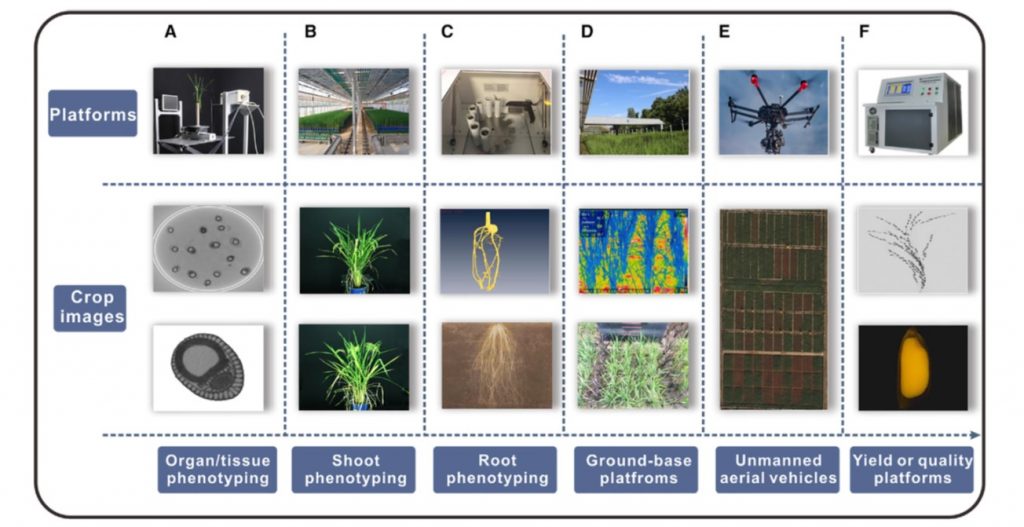
Review: Crop phenomics and high-throughput phenotyping (Mol. Plant)
Plant Science Research WeeklyCrop phenomics has lagged behind crop genomics because traditional methods are time-consuming, expensive, invasive and subjective. Recently, high-throughput, automated, sensor and machine-vision methods have been developed, as reviewed by Yang et al. This review describes a large number of phenotyping…
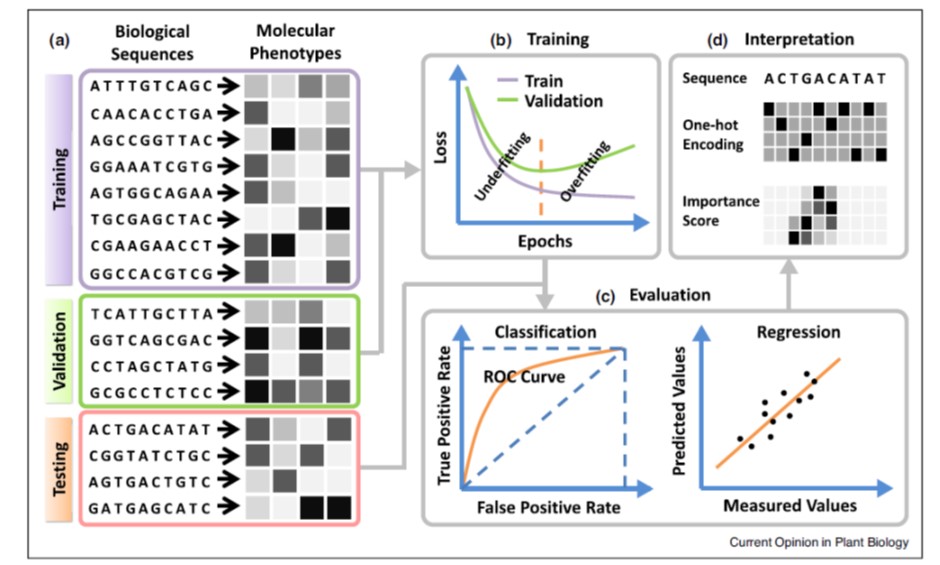
Review: Deep learning for plant genomics and crop improvement (Curr. Opin. Plant Biol.)
Plant Science Research WeeklyOne of the goals of plant science is to use the molecular phenotype (genome, transcriptome, proteome) to predict the whole-plant phenotype. Deep learning approaches can potentially begin to do this, starting with a training dataset, and testing it with a validation dataset. Wang et al. review advances…

